Henkel will introduce four new products to its growing portfolio of photopolymer resins for 3D Printing at Formnext 2023 in Frankfurt. The novel innovative materials are set to make a significant impact in many types of industries, offering exceptional performance and versatility.
Sidebar

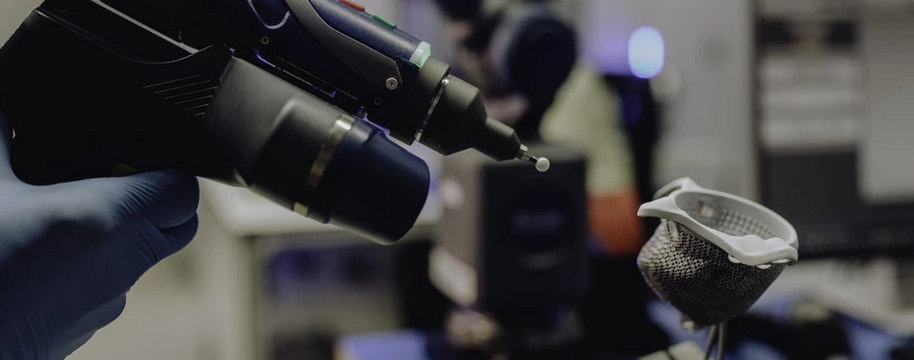
AM for Medtech: Building a Quality Management Ecosystem
The global medical device technology market is expected to grow by nearly 5% in the next four years, with additive manufacturing (AM) playing an increasingly important role — enabling the production of parts ranging from diagnostic equipment components and surgical tools to elements for life-changing orthoses and implants. It’s also a manufacturing process that must, like any other for this sector, employ specific safeguards and processes to guarantee the consistent quality of parts produced.
Tier One Aerospace Supplier, SABCA Group, Selects Razorleaf Corporation as its PLM Implementation Partner for 3DEXPERIENCE
Tier One Aerospace Supplier, SABCA Group, Selects Razorleaf Corporation as its PLM Implementation Partner for 3DEXPERIENCE®
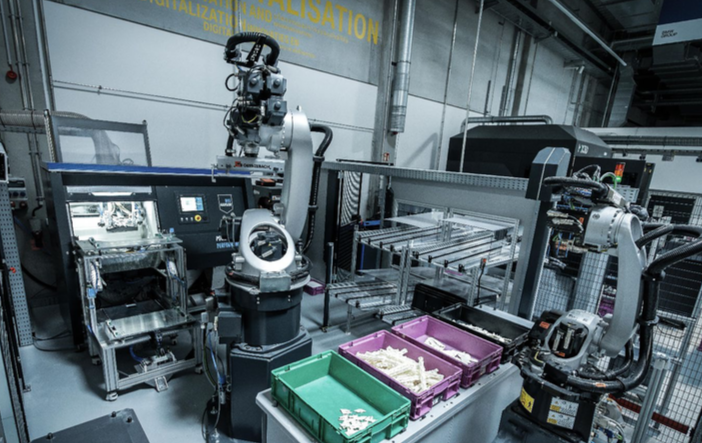
DyeMansion, EOS & Grenzebach implemented first ever automated AM production line for polymer parts at scale at BMW Group
The POLYLINE project achieved to be the first successful implementation of an automated additive manufacturing production line for polymer parts at scale. At the Additive Manufacturing Campus of BMW, the project partners made real 3D printing serial production with high throughput a reality. It is therefore not surprising that after the defined three years’ project time, BMW, DyeMansion, EOS and Grenzebach – four partners of the consortium – draw a very positive balance.
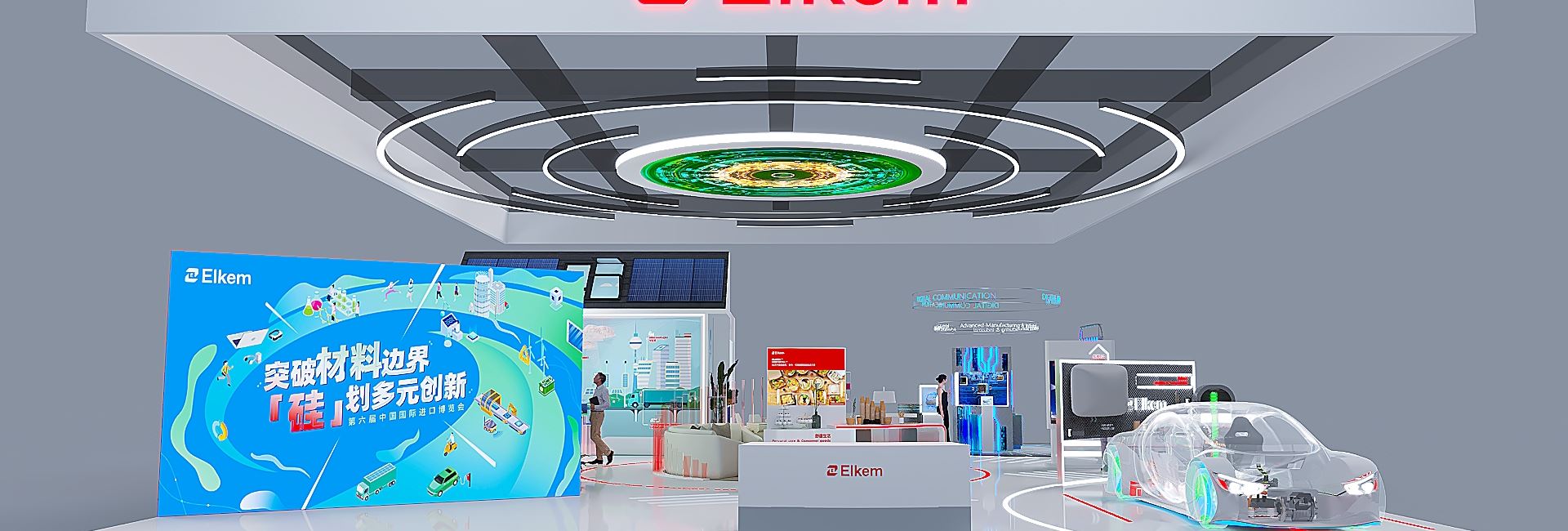
Unleashing Innovation and Endless Possibilities: Discover Elkem at the CIIE in China
With a rich history spanning over 70 years as an innovative force in silicone technology, Elkem is set to unveil a series of groundbreaking products at the 6th China International Import Expo (CIIE) from November 5 to 10, 2023.

State-of-the-art carbon hybrid wheels from Dymag illuminate the high-performance supercar brilliance on show at SEMA 2023
The leader in automotive carbon-hybrid wheel technology, Dymag’s advanced products were once again on prominent display at SEMA, with this year’s event showcasing breakthrough and pioneering designs
Velo3D Names Schoeller-Bleckmann Oilfield Technology Its Sole Contract Manufacturing Partner in the DACH Region
The Austria-based Manufacturer Currently Operates Two Velo3D Sapphire Printers, Including a Large-format Sapphire XC Printer, and Will Add an Additional Sapphire Printer to Its Facility
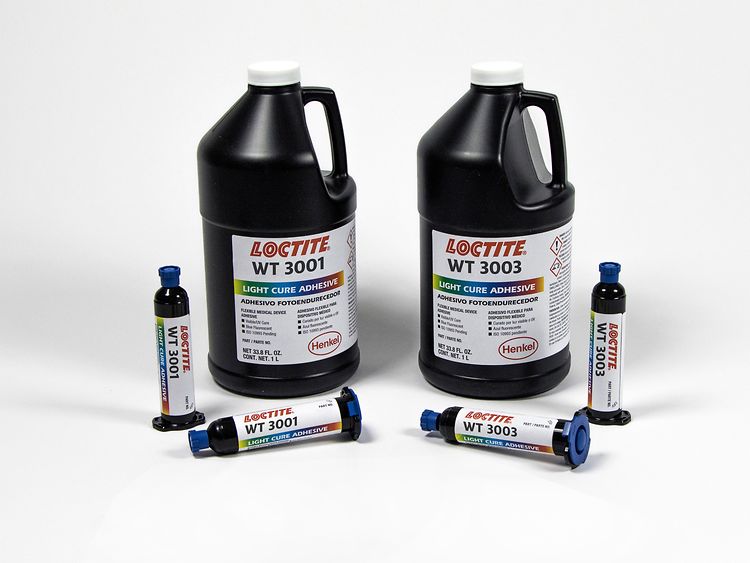
Henkel introduces new medical grade wearables device light cure adhesives
As a leading manufacturer of advanced adhesive solutions for the medical industry, Henkel has launched a novel medical grade light cure adhesive designed for devices that are to be worn on the body. The new product is formulated without IBOA (Isobornyl Acrylate) or any other known skin sensitizing monomers. The adhesive is also formulated to conform to EU MDR 2017 regulations concerning use of CMR (carcinogenic, mutagenic, or toxic for reproduction) substances in medical devices making it a robust option for new designs.

Italian Contract Manufacturer Ci-Esse Srl Acquires a Velo3D Sapphire Printer to Enhance its Additive Manufacturing Capabilities
Velo 3D’s Fully Integrated Solution Will Be Used to Support Ci-Esse’s Aerospace, Defense, and Motorsports Customers by Providing Mission Critical Metal Parts
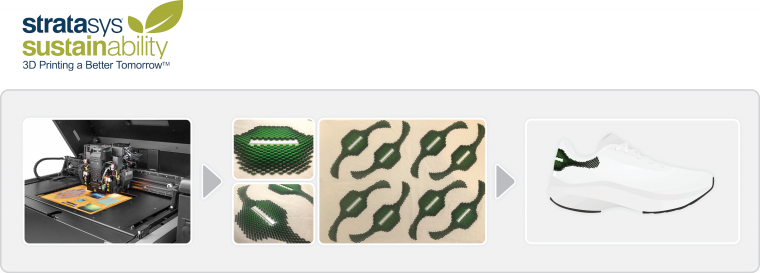
Study Shows That Additive Manufacturing Reduces Emissions and Conserves Resources in Production for Fashion Footwear
AMGTA Lifecyle Research report highlights Stratasys’s work with the Dyloan Bond Factory, a Pattern Group Company in the comparison of additive manufacturing vs. traditional production processes
Evidence revealed that a Stratasys PolyJet™ material jetting approach can cut CO2e emissions by 24.8% in comparison to injection molding and save 48% of stock material across the supply chain
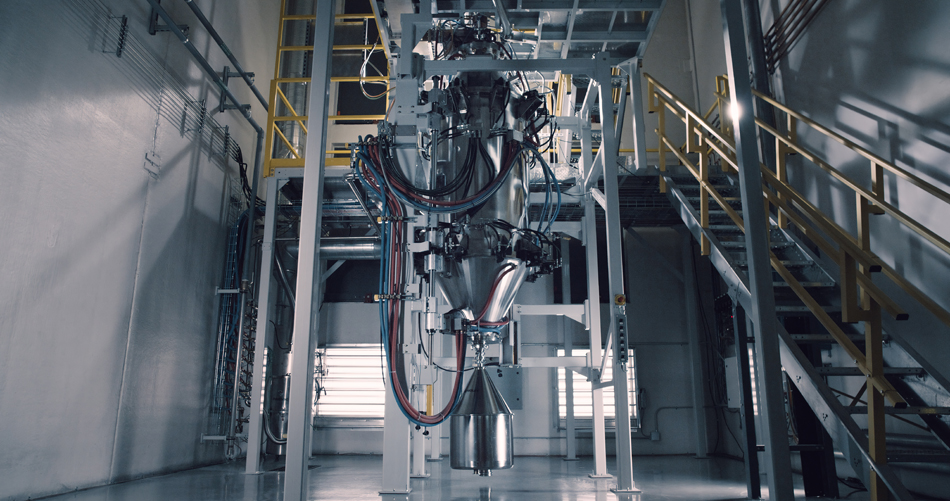
6K Additive acquires Global Metal Powders, LLC
The acquisition adds proprietary technology for processing titanium and refractory metals in addition to high-purity chromium powder manufacturing to 6K Additive’s business lines.

 Deutsch (Germany)
Deutsch (Germany)  Polski (PL)
Polski (PL) 








